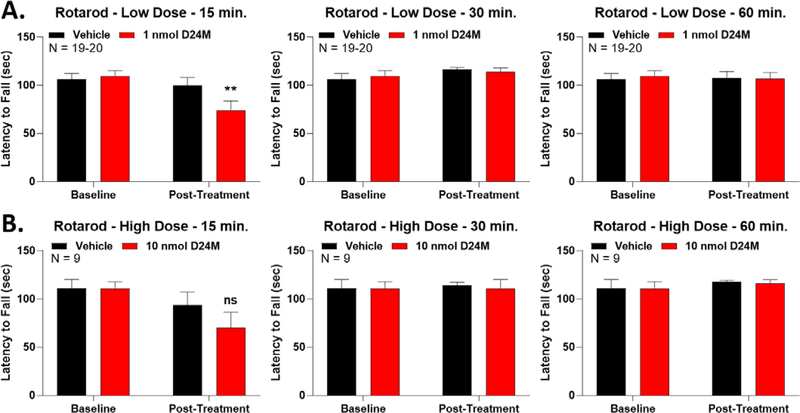Figure 3: D24M treatment caused a mild and transient Rotarod deficit.
Male and female CD-1 mice used in every experiment. Data reported as the mean ± SEM with the sample size in mice per group noted in each graph. ** = p < 0.01 vs. group Baseline via RM 2 Way ANOVA with Sidak’s post hoc test. Mice trained and tested on the Rotarod as described in the methods, with the latency to fall in seconds reported. A) Mice injected with 1 nmol of D24M or Vehicle, icv, followed by Rotarod testing at 15, 30, and 60 min post-injection. A reduction in Rotarod latency with D24M injection was observed at 15 min but not 30 or 60 min. B) Mice injected with 10 nmol of D24M or Vehicle, icv, followed by testing as above. No significant differences were detected between groups (ns = not significant, p > 0.05).

